Two private satellites just docked in space in historic first for orbital servicing
In a historic first for satellite operations, a commercial spacecraft "helper" has docked with a working communications satellite to provide life-extension services.
The companies involved in the meetup — Northrop Grumman and Intelsat — hailed the operation, which took place Tuesday (Feb. 25), as the beginning of a new era that will see robotic spacecraft giving new life to older satellites that are low on fuel or require repairs.
Because launch costs constitute a large part of a satellite's total price tag, the hope is that refurbishing aging satellites will eventually reduce the expense of services that satellites provide, such as telecommunications or weather monitoring.
Video: Watch Northrop Grumman's MEV-1 dock with Intelsat 901!

Northrop Grumman's Mission Extension Vehicle 1 (MEV-1) spots the Intelsat 901 communications satellite during a historic rendezvous on Feb. 25, 2020.
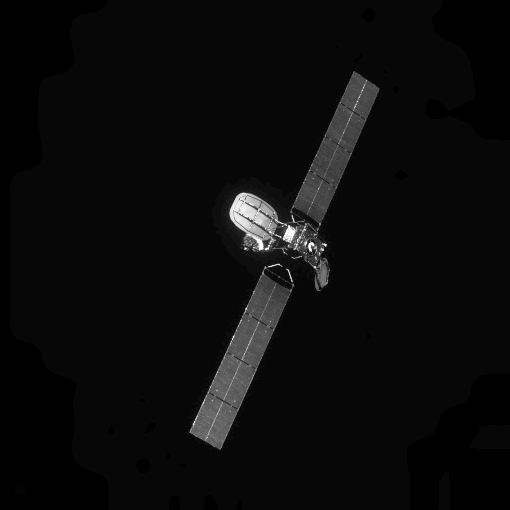
Northrop Grumman's Mission Extension Vehicle 1 (MEV-1) approaches the Intelsat 901 communications satellite (center) ahead of a historic docking on Feb. 25, 2020.
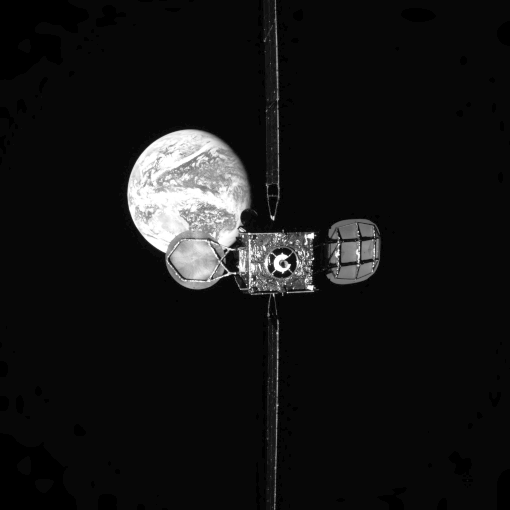
The Earth is a stunning backdrop to the Intelsat 901 communications satellite in this view from the MEV-1 satellite serving spacecraft during docking operations on Feb. 25, 2020.
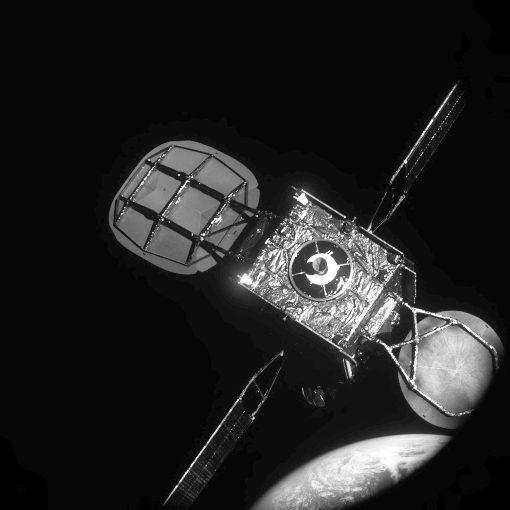
Northrop Grumman's Mission Extension Vehicle 1 (MEV-1) captured this view of its target, the Intelsat 901 communications satellite, from a distance of 20 meters during docking operations on Feb. 25, 2020. Earth is visible in the background.
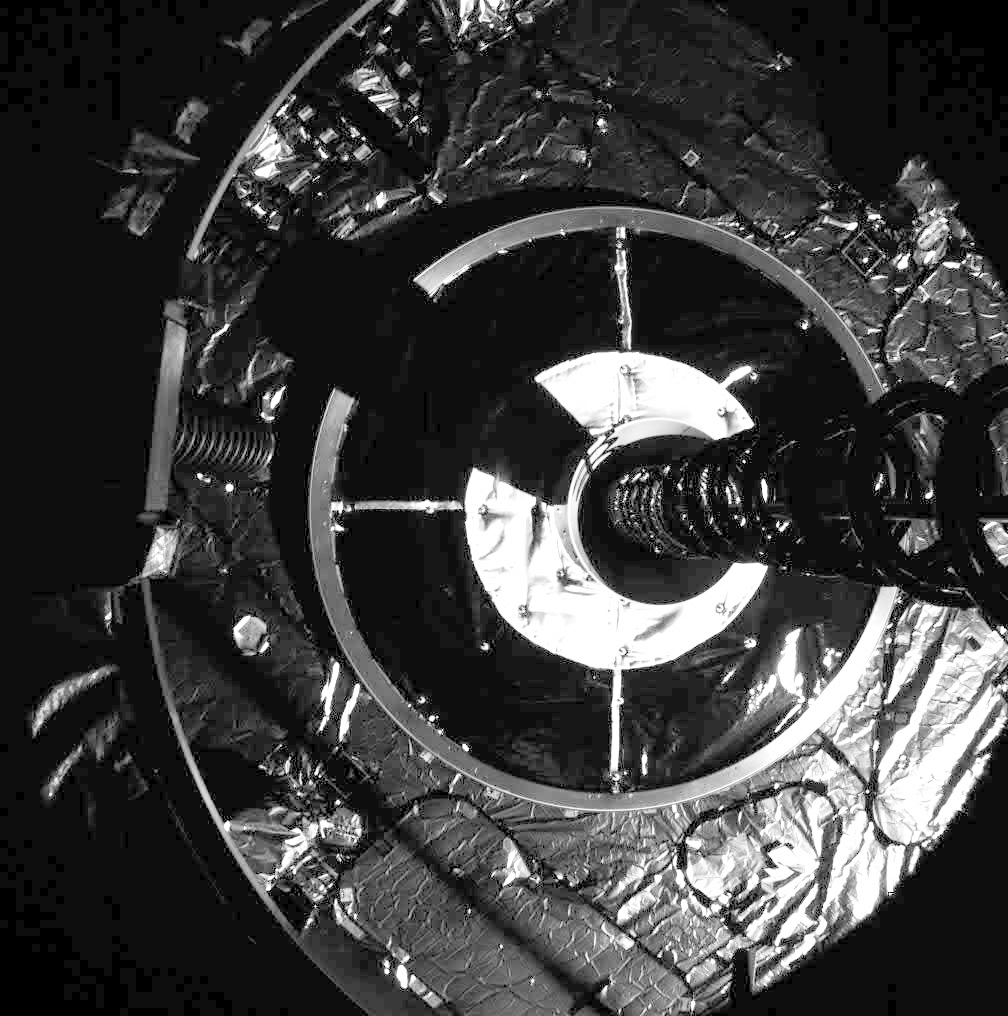
In a historic first, Northrop Grumman's privately built MEV-1 satellite servicing spacecraft captures the Intelsat 901 communications satellite on Feb. 25, 2020. MEV-1's grappler (right) latched on to Intelsat's engine nozzle at center.
The docking occurred Tuesday at 2:15 a.m. EST (0715 GMT). On one side of the meeting was a spacecraft called Mission Extension Vehicle-1 (MEV-1), overseen by Northrop Grumman and its subsidiary SpaceLogistics LLC; on the other was a telecommunications satellite, Intelsat's IS-901, Northrop Grumman said in a statement.
This maneuver took place about 180 miles (290 kilometers) above geosynchronous orbit, which is at an altitude of 22,236 miles (35,786 km). That's roughly 90 times higher than the International Space Station.
Intelsat IS-901 is low on fuel and was removed from service in December 2019 to prepare for this operation, according to the statement. Controllers raised the satellite's orbit and awaited MEV-1's arrival. Now that the pair have docked, MEV-1 will perform checkouts of IS-901, then push the satellite back to its normal orbit in late March, according to Northrop Grumman.
Get the Space.com Newsletter
Breaking space news, the latest updates on rocket launches, skywatching events and more!
"Intelsat has been at the forefront of innovation and game-changing space technology for decades," Mike DeMarco, Intelsat's executive vice president and chief services officer, said in the statement. "Pushing the boundaries of what's possible is in our DNA here — that's why we didn't hesitate to sign up to be MEV-1's first customer."
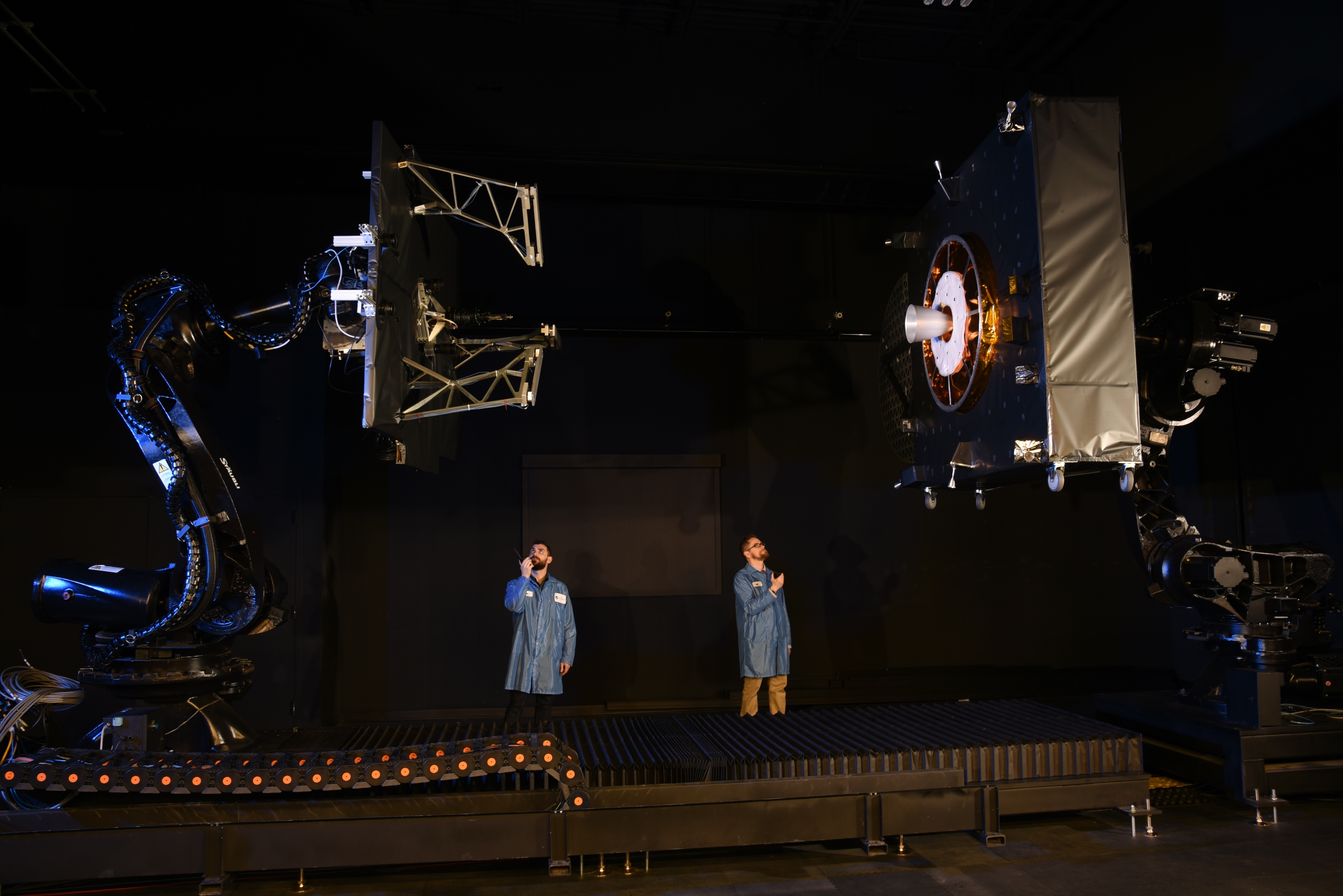
Northrop Grumman engineers test docking procedures for the company's MEV-1 satellite servicing mission to the Intelsat 901 communications satellite.
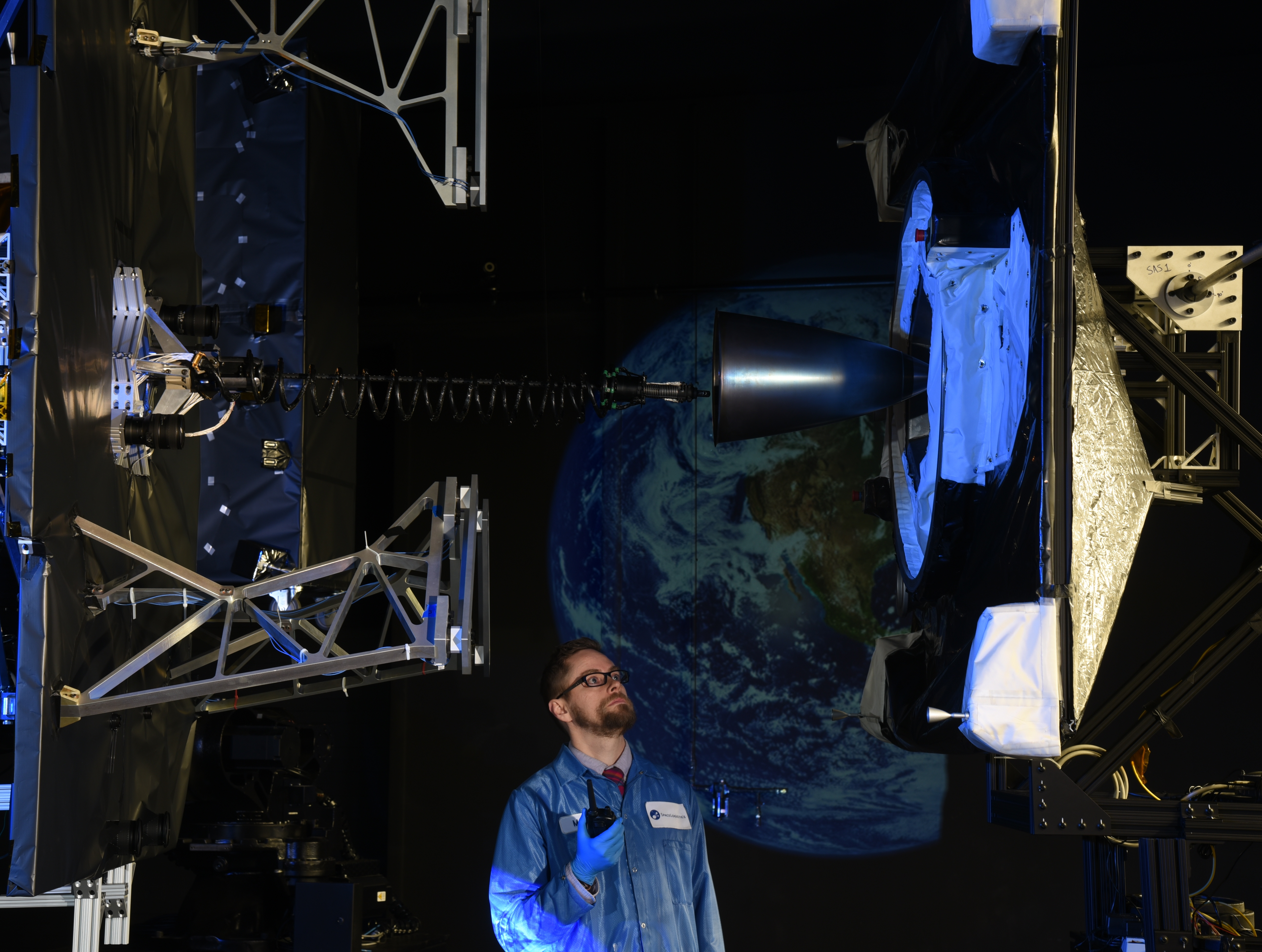
This view shows a close up of the MEV-1 spacecraft's docking apparatus during rendezvous operations.
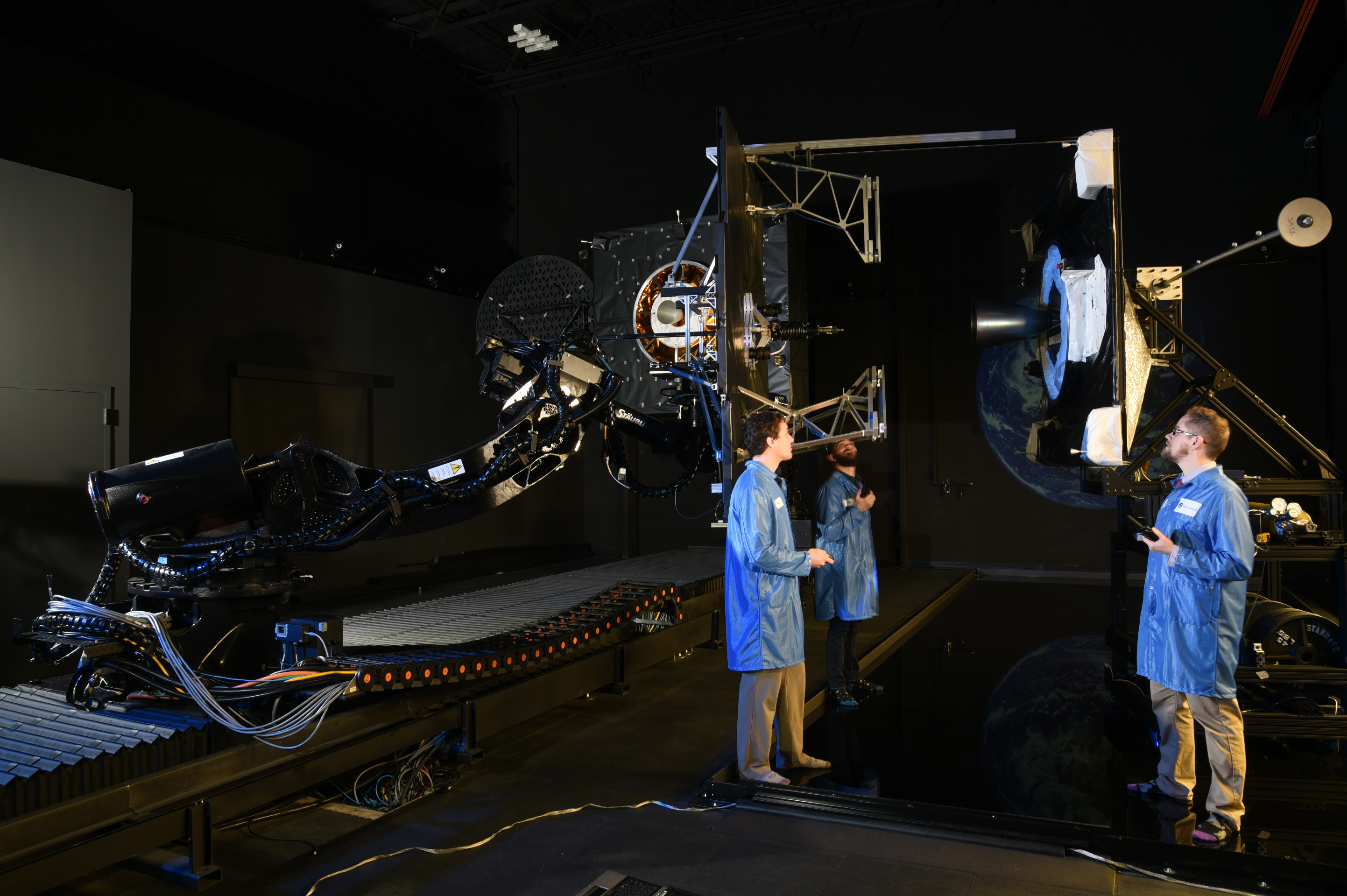
Northrop Grumman engineers conducting a docking test on the ground to check technology for the MEV-1 satellite servicing mission.
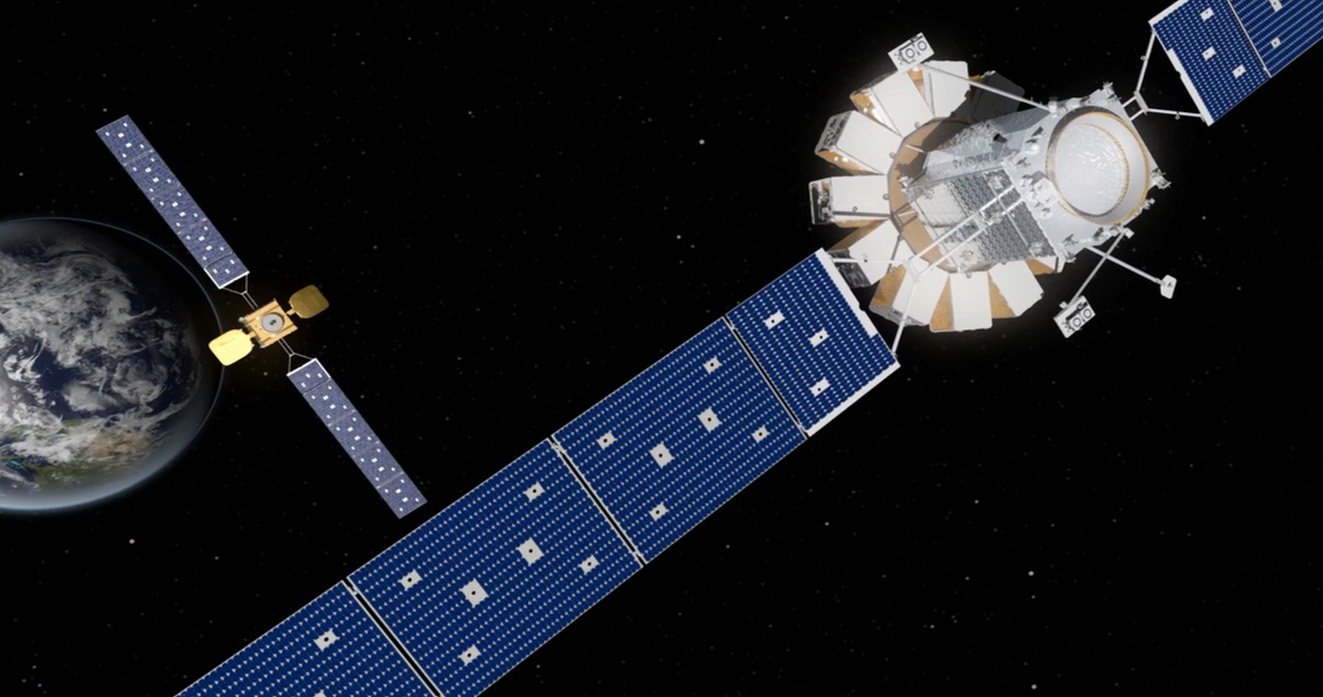
An artist's illustration of Northrop Grumman's MEV-1 servicing spacecraft chasing down the Intelsat 901 communications satellite.
The agreement between the companies calls for MEV-1 (which launched in October 2019) to support IS-901 for five years. When that time is over, MEV-1 will push IS-901 into a decommissioning orbit to make room for a newer satellite to take IS-901's slot in geosynchronous orbit. The Northrop Grumman spacecraft can dock and undock with several spacecraft over the span of its mission and will be able to deliver more than 15 years of life-extension services, the statement continued.
"This life-extension service is just the first step in an expansive technology development plan," Northrop Grumman stated. "[Our] vision is to establish a fleet of satellite-servicing vehicles that not only extend the life of satellites, but provide other services such as inclination changes and spacecraft inspections, as well as use advanced robotics technology to perform additional functions such as in-orbit repair and assembly."
Northrop Grumman plans to launch a second Mission Extension Vehicle, called MEV-2, later this year to support another Intelsat satellite.
There are numerous other upcoming initiatives to make satellites work longer in space. To name a few: Made in Space's Archinaut spacecraft is supposed to maintain satellites and build large structures in orbit, NASA's Restore-L robotic refueling demonstration is set to launch soon, and the U.S. Defense Advanced Research Projects Agency (DARPA) is developing the Robotic Servicing of Geosynchronous Satellites.
In past years, NASA completed several robotic refueling demonstrations on the International Space Station, and DARPA launched two prototype servicing satellites in 2007 under the Orbital Express program.
- Orbital ATK Unveils New Version of Satellite-Servicing Vehicle
- Orbit Fab Demonstrates Satellite Refueling Technology on Space Station
- Satellite Quiz: How Well Do You Know What's Orbiting Earth?
Follow Elizabeth Howell on Twitter @howellspace. Follow us on Twitter @Spacedotcom and on Facebook.
OFFER: Save at least 56% with our latest magazine deal!
All About Space magazine takes you on an awe-inspiring journey through our solar system and beyond, from the amazing technology and spacecraft that enables humanity to venture into orbit, to the complexities of space science.
Join our Space Forums to keep talking space on the latest missions, night sky and more! And if you have a news tip, correction or comment, let us know at: community@space.com.

Elizabeth Howell (she/her), Ph.D., was a staff writer in the spaceflight channel between 2022 and 2024 specializing in Canadian space news. She was contributing writer for Space.com for 10 years from 2012 to 2024. Elizabeth's reporting includes multiple exclusives with the White House, leading world coverage about a lost-and-found space tomato on the International Space Station, witnessing five human spaceflight launches on two continents, flying parabolic, working inside a spacesuit, and participating in a simulated Mars mission. Her latest book, "Why Am I Taller?" (ECW Press, 2022) is co-written with astronaut Dave Williams.










